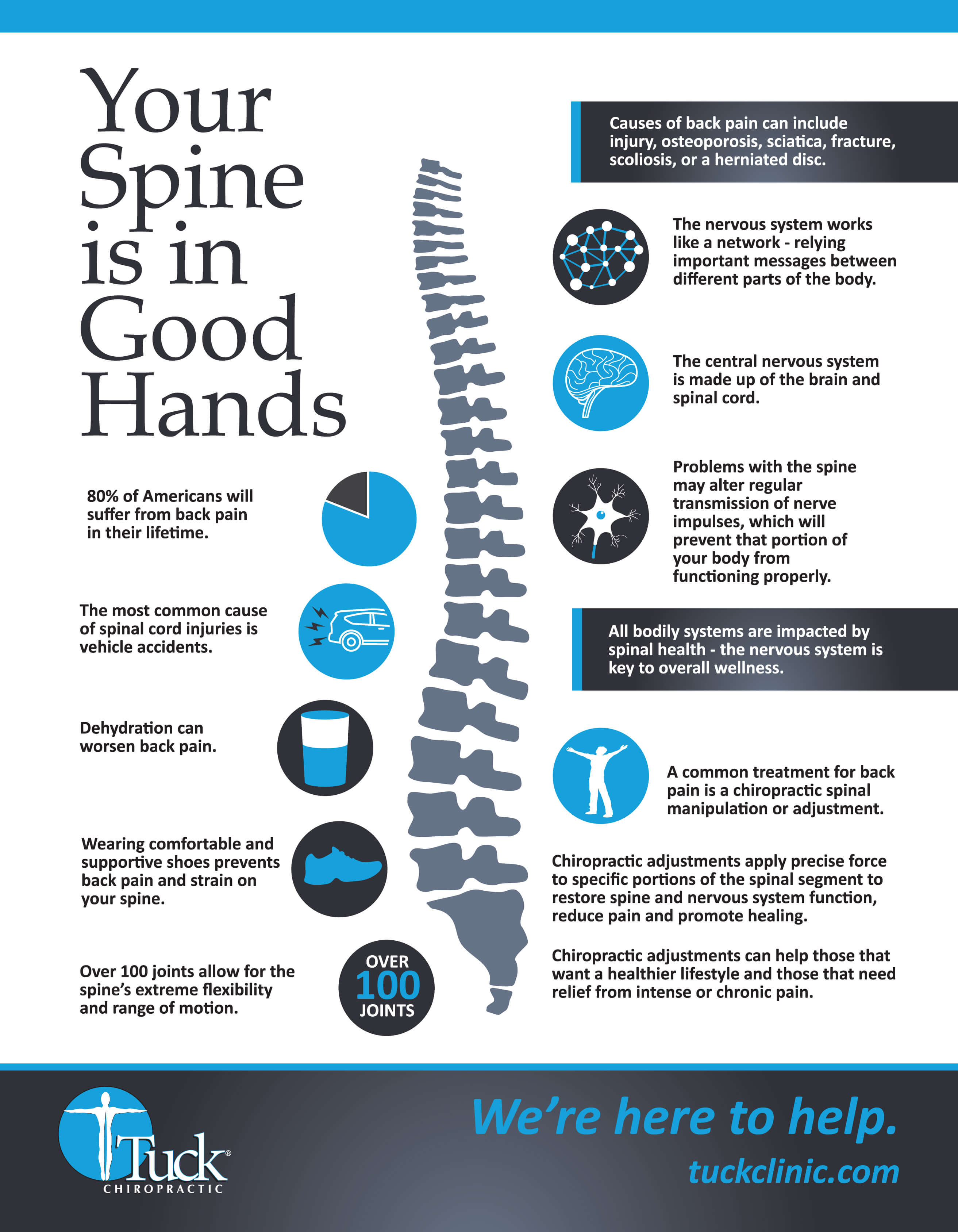Simply When You Believe Alleviation Is Near, Soft Tissue Therapy Exposes Its Uneasy Realities-- Find Why The Procedure Can Be Uncomfortable Yet Valuable
Simply When You Believe Alleviation Is Near, Soft Tissue Therapy Exposes Its Uneasy Realities-- Find Why The Procedure Can Be Uncomfortable Yet Valuable
Blog Article
Staff Writer-Carstens Lundgaard
When you undertake soft Tissue therapy, you could find it remarkably uneasy. This discomfort emerges as pressure is related to stressful muscular tissues and broken tissues, causing your pain receptors. While click this link now can feel stressful in the moment, there's a reason behind this sensation. Comprehending what takes place in your body during these treatments can assist you appreciate the process. So, exactly what is taking place below the surface?
The Physiology of Discomfort Throughout Soft Tissue Therapy
When you undergo soft Tissue treatment, your body's response to discomfort is a complex interplay of physical processes. As https://riverztmex.howeweb.com/33692736/prepare-successfully-for-your-sports-massage-and-uncover-exactly-how-communication-can-unlock-a-much-deeper-degree-of-recovery-and-leisure-what-various-other-keys-wait-for applies stress, your body turns on discomfort receptors, sending out signals to your brain. This activates the launch of neurotransmitters, such as material P and glutamate, which intensify the sensation of discomfort.
Your muscle mass may additionally tighten in response, further complicating the experience. Furthermore, massaging liver might release endorphins, natural pain relievers that can help reduce some discomfort.
The interaction in between these procedures can produce an unique experience for each and every individual. Understanding this physical reaction helps you browse the experiences during treatment, enabling you to value the equilibrium in between discomfort and the possibility for healing advantages.
The Role of Discomfort in the Healing Process
Although pain throughout soft Tissue therapy can feel frustrating, it plays a crucial duty in the recovery procedure. When you experience discomfort, your body is signaling that it's working to fix damaged cells. This feedback assists boost blood circulation to the damaged area, delivering important nutrients and oxygen needed for recovery.
In addition, pain can advertise the launch of endorphins, your body's natural pain relievers, producing a sense of alleviation post-treatment. Accepting this discomfort can help you comprehend your body's limits and encourage you to attend to underlying issues.
While it's unpleasant now, this process is vital for long-term recuperation and improved feature. Recognizing discomfort as an essential part of recovery can equip you to stay committed to your therapy.
Tips for Managing Discomfort Throughout and After Therapy
Handling pain during and after soft Tissue therapy can dramatically improve your total experience and recovery.
To begin, connect openly with your specialist about your pain degrees; they can readjust techniques as necessary. Making use of deep breathing strategies can also help you loosen up and alleviate pain.
Think about using ice to the treated location post-session to decrease inflammation and numb discomfort. Staying hydrated help in the recuperation process, so drink a lot of water.
Mild stretching and light movement after therapy can promote blood circulation and convenience rigidity. Last but not least, guarantee you obtain sufficient remainder to permit your body to recover.
Applying these pointers can make your soft Tissue therapy much more workable and delightful.
Conclusion
Finally, while soft Tissue therapy can be unpleasant, it's vital to acknowledge that this pain plays an important function in your healing journey. By understanding the physical reactions at play, you can come close to the therapy with an extra favorable attitude. Remember, the first discomfort often gives way to relief as your body releases endorphins. Embrace the procedure, and don't be reluctant to use the suggestions for managing pain to improve your experience and healing.
